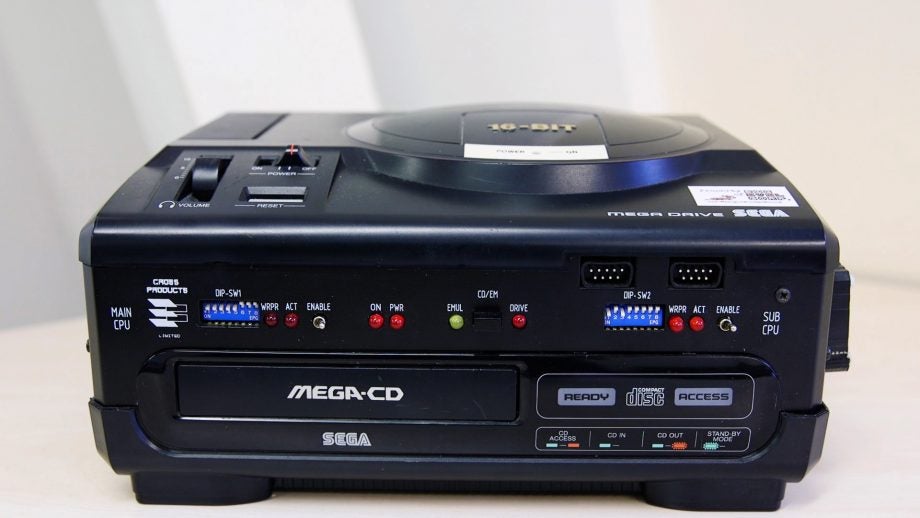New games, old hardware: Meet the developers revitalising retro consoles

From a technology standpoint, video game developers have never had it better. Not only is hardware more powerful than it’s ever been before, with quad-core processors and terabyte hard drives now the norm, but third-party programs exist to let you do almost anything at the click of a button.
But in the face of this near-unlimited technological potential, a growing community of developers is turning away from modern hardware towards the early consoles of the 80s and 90s.
Matt Phillips is one such developer. As the founder of Big Evil Corp, he was the brains behind the recently released Tanglewood, which not only runs on the original Sega Mega Drive, but was also developed entirely using restored development kits from the period.
Alex Roberts is another member of the movement. After cutting their teeth developing a barely functional Mega Drive game in 48-hours at the Global Game Jam competition, Roberts soon moved on to develop for the SNES where they’re currently developing a Robin Hood-inspired archery brawler that’s now playable with up to eight players on the original Nintendo hardware.
Find out more about their challenges and rewards of developing for retro hardware in “New Games, Old Hardware, and the People Who Make Them”, a mini documentary produced by Trusted Reviews.
Creative solutions
Talking to Roberts and Phillips, it’s hard not to be reminded of Hideo Kojima’s seminal GDC keynote in which he described how the entire stealth conceit for the Metal Gear series was born out of the hardware limitations of the MSX2 system.
Although Kojima set out to make an action game in the vein of Rambo: First Blood, the limits the console placed on the amount of sprites you could render on screen made an action game impossible. The creative solution to this hardware problem was to not produce an action game at all, but to invent an entirely new genre — the stealth game — that’s still going strong 30 years later.
Plenty of games are filled with creative ideas despite not having to overcome these constraints, but for some developers running up against these ‘barriers of impossibility’ (as Kojima calls them) is exactly what’s needed to think about a problem in an entirely different way.
What’s your favourite piece of retro hardware? Let us know @TrustedReviews.


